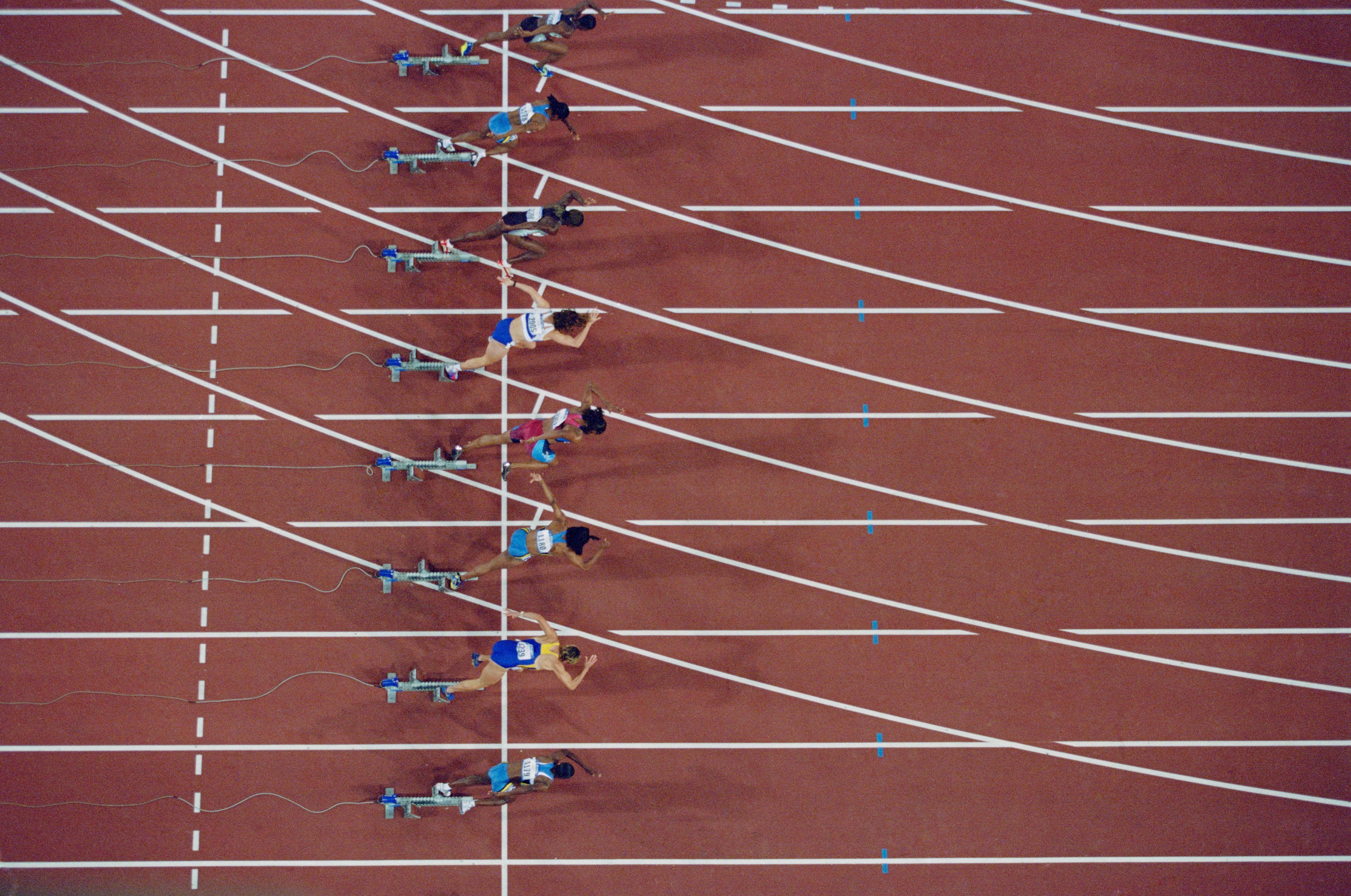Athletes with bigger bottoms reach higher sprint speeds, study finds
Larger gluteus maximus muscle improves performance, research suggests

Your support helps us to tell the story
From reproductive rights to climate change to Big Tech, The Independent is on the ground when the story is developing. Whether it's investigating the financials of Elon Musk's pro-Trump PAC or producing our latest documentary, 'The A Word', which shines a light on the American women fighting for reproductive rights, we know how important it is to parse out the facts from the messaging.
At such a critical moment in US history, we need reporters on the ground. Your donation allows us to keep sending journalists to speak to both sides of the story.
The Independent is trusted by Americans across the entire political spectrum. And unlike many other quality news outlets, we choose not to lock Americans out of our reporting and analysis with paywalls. We believe quality journalism should be available to everyone, paid for by those who can afford it.
Your support makes all the difference.Athletes with a larger bottom are able to reach higher running speeds, a study has found.
Researchers examining the anatomy of elite athletes found those with a bigger gluteus maximus - the muscle that forms the bottom - enjoyed an improved track performance.
The study revealed that the size of a number of muscles relate to the time it takes sprinters to run 100 metres, with the gluteus maximus explaining 44 per cent of the variability in performance.
Experts found that for top sprinters, some muscles, such as hip extensor muscles, were far bigger compared to sub-elite sprinters, but others were similar, such as calf muscles.
Previous research has found that the growth of the gluteus maximus muscle was a key factor in the evolution of early human running capabilities.
Rob Miller, a PhD student at Loughborough University and a strength and conditioning coach with British Athletics, and Professor Jonathan Folland, an expert in neuromuscular performance, used a magnetic resonance imaging (MRI) to measure the size of 23 lower body muscles in 42 men - five elite sprinters, 26 sub-elite and 11 untrained men.
Among the elite and sub-elite sprinters there was variability in performance with 100 metre personal bests that ranged from 9.91 to 11.25 seconds.
The researchers found the gluteus maximus was 45 per cent bigger in elite sprinters than sub-elite sprinters.
Prof Folland said: "This is surprising because sprinting is thought to be influenced by many factors - technique, psychology, nutrition, anatomy of other structures - so to find a single muscle that alone seems so important, explaining nearly half the variability, is remarkable.
"It appears that muscle size is more important for fast running than we thought and especially the size of the hip extensors and gluteus maximus."
He added: "The logical implication is that with a larger gluteus maximus the runner will be able to generate more power and therefore greater sprint speed.
"Thus, increasing the size of the gluteus maximus in particular, as well as the other hip extensor muscles, would be expected to improve sprint performance."
Researchers say the study, published in the journal Medicine and Science in Sports and Exercise, has the potential to revolutionise the physical training and performance of athletes.
Mr Miller, the first author of the paper, said: "I believe this line of research has the potential to have a significant impact on coaches and practitioners working with elite level sprinters - it is unusual to find research on truly elite athletes and it's exciting to have found specific characteristics that seem to differentiate between the good and very-good."
The team is now building on the research with a study focused on female sprinters.
It is also collecting data for a comparison of muscle anatomy of runners competing over different distances.
Additional reporting by agencies.


Join our commenting forum
Join thought-provoking conversations, follow other Independent readers and see their replies
Comments